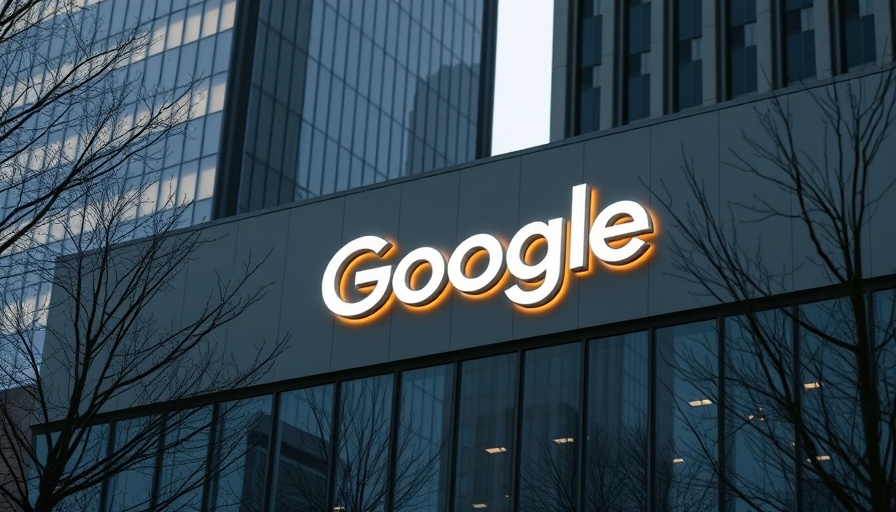
Understanding Google's Advertising Monopoly: A Turning Point
A U.S. federal judge has declared that Google holds an illegal monopoly over crucial components of online advertising technology. This landmark ruling has significant implications for small businesses that rely on digital advertising to reach potential customers. The decision emphasizes Google's monopolistic control over publisher tools and ad exchanges, marking a critical step in the ongoing battle against antitrust violations in the tech industry.
Why This Ruling Matters for Small Businesses
As many small businesses leverage Google’s advertising platforms for visibility, the ramifications of this ruling could reshape the landscape of digital marketing. The judge’s findings point to the anticompetitive practices employed by Google, which may have driven up costs and limited options for smaller advertisers. It begs the question: how will this affect the digital strategies of small businesses moving forward?
The Broader Implications for the Digital Advertising Market
This ruling is not just limited to Google. With an antitrust trial against Meta Platforms underway, the scrutiny on tech giants is intensifying. It signals a shift toward stricter regulations in digital advertising, which could open up opportunities for smaller players in the market. Small businesses may find new avenues for advertising that had previously been overshadowed by Google’s dominance.
Future Predictions: Embracing the Changes Ahead
In the coming months, we can anticipate a landscape where small businesses may have a stronger foothold in digital advertising. Should Google be compelled to divest certain aspects of its business in response to the ruling, it could lead to a more competitive environment, fostering innovation and providing small businesses with increased choices when it comes to advertising solutions.
A Call for Action: What Small Businesses Should Do
As the advertising industry braces for potential upheaval, small business owners should take proactive steps to reassess their advertising strategies. Diversifying ad spend and exploring alternative platforms can mitigate risks associated with dependency on any single provider. Moreover, staying informed on industry changes and participating in discussions about regulatory measures will be crucial in harnessing upcoming opportunities.
 Add Row
Add Row  Add
Add 




Write A Comment